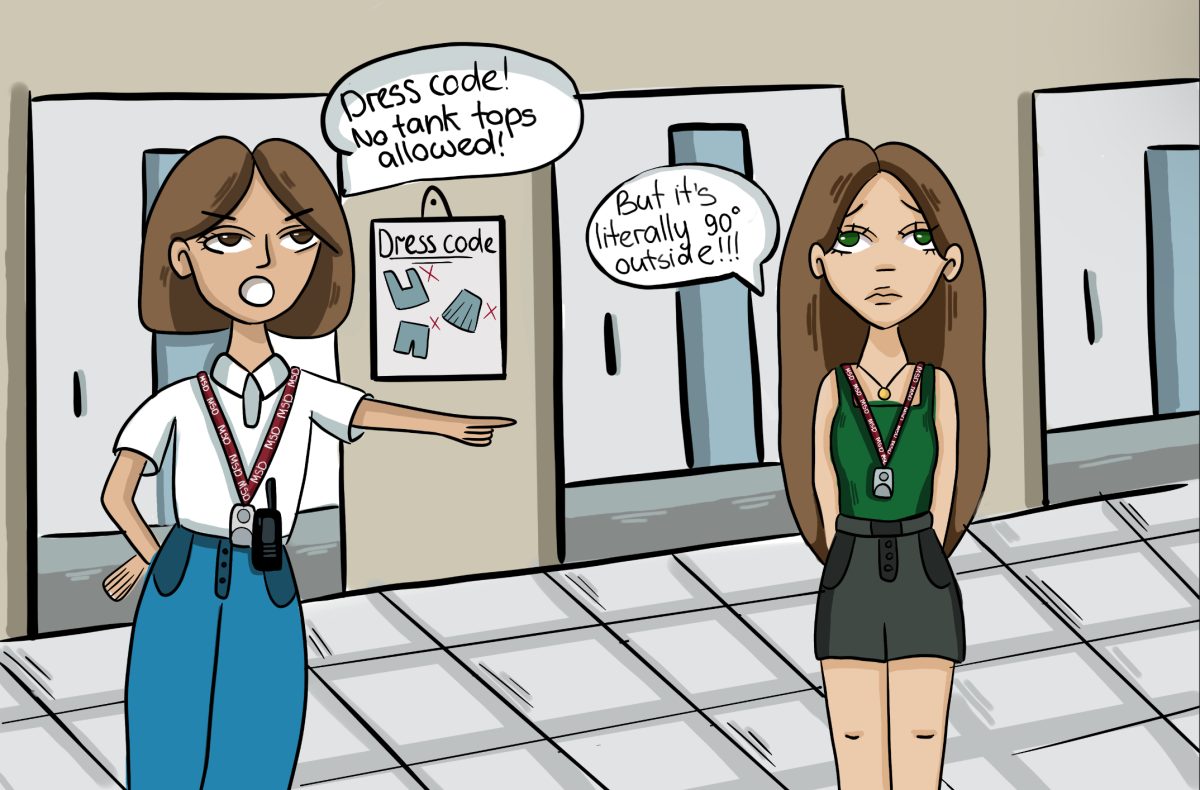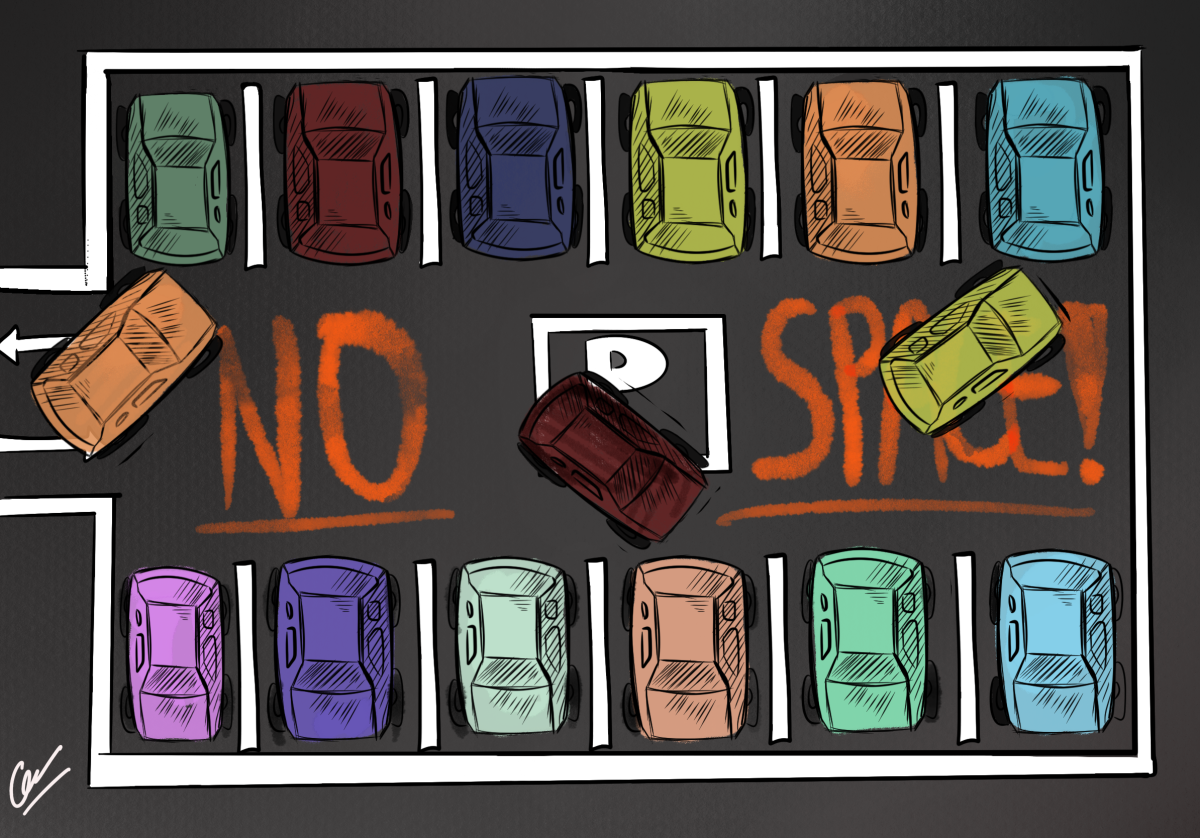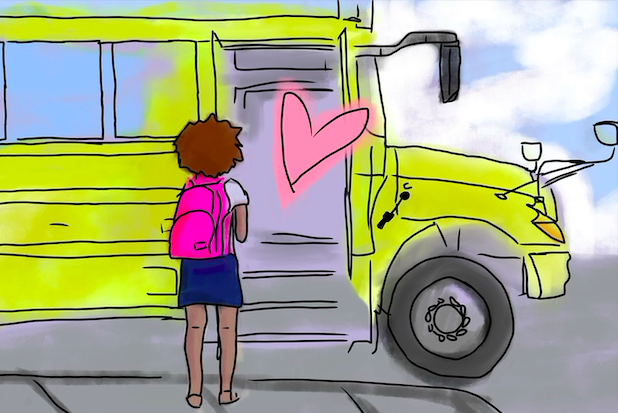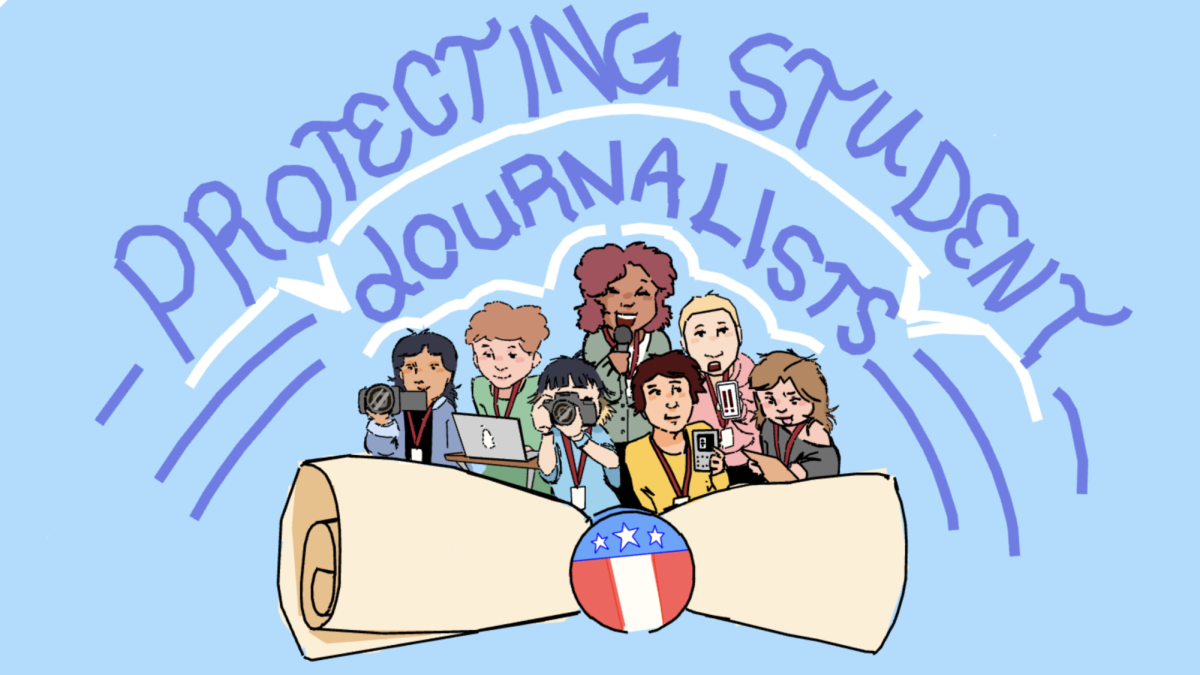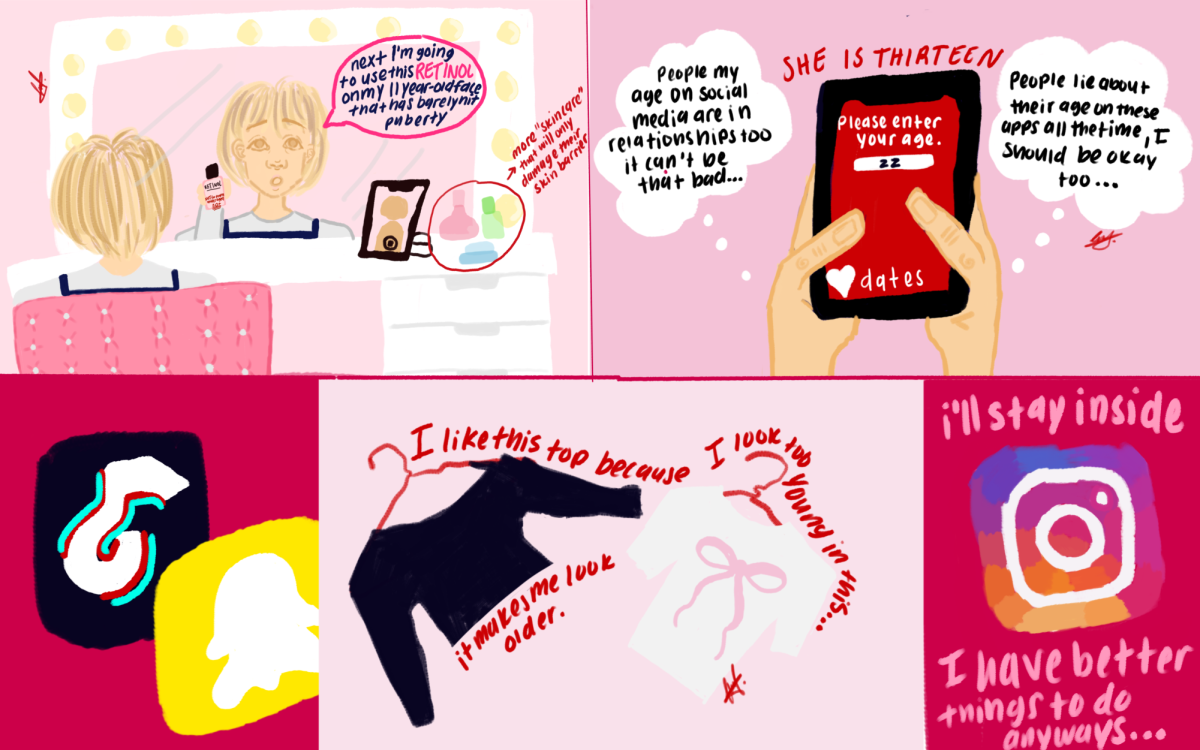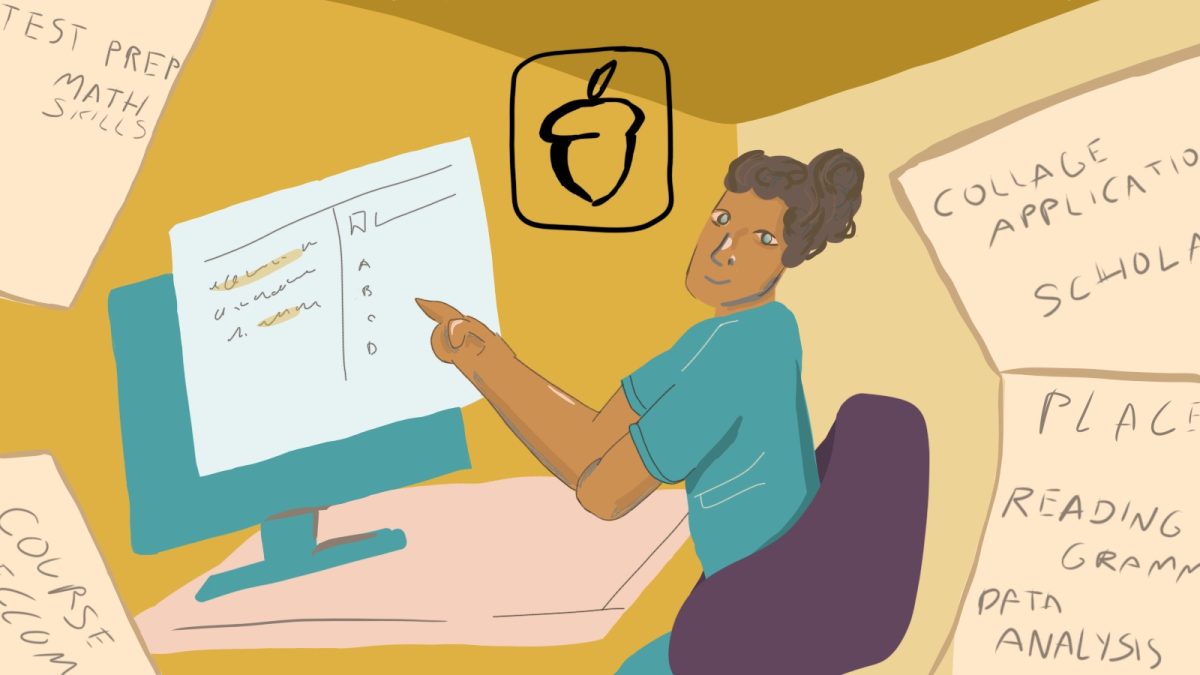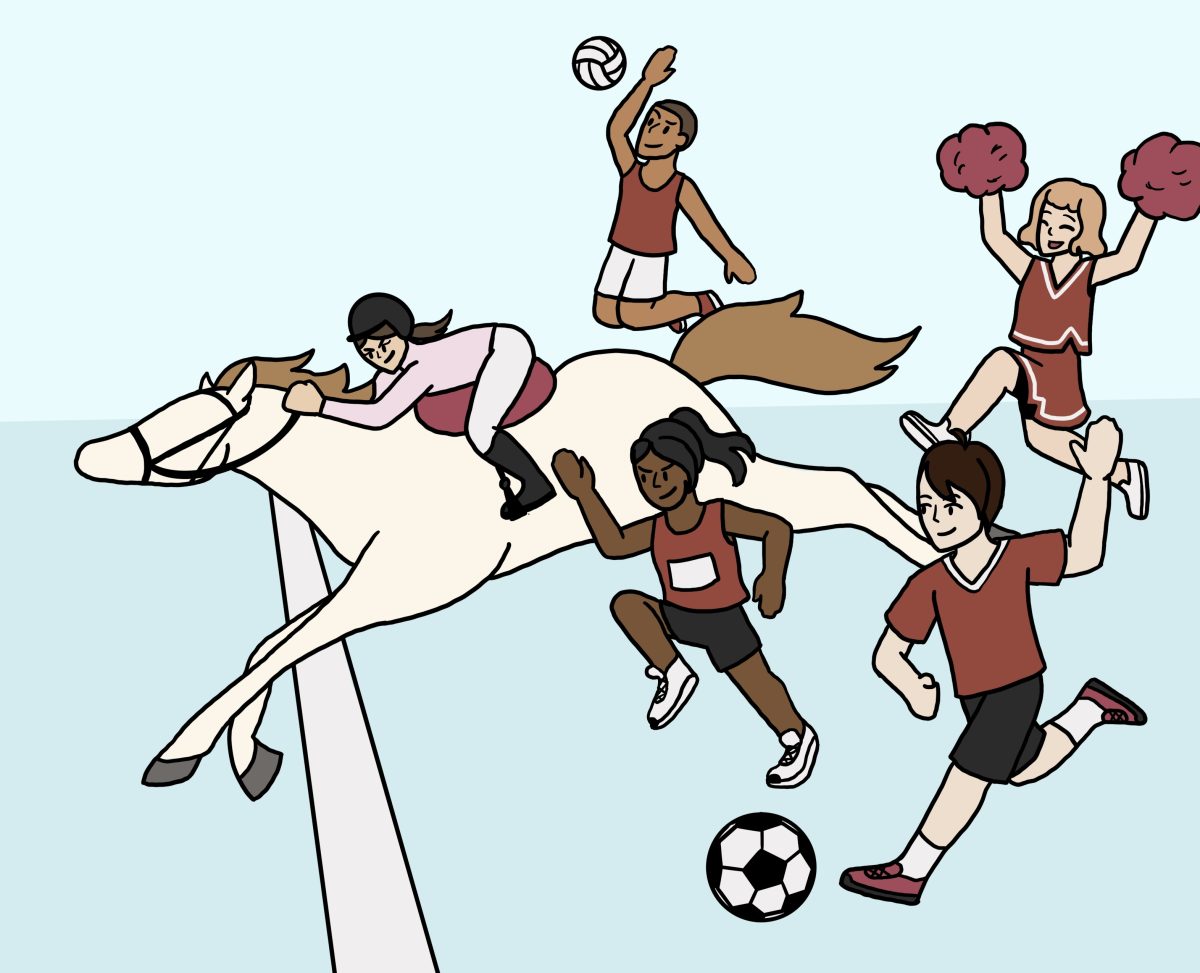Sweat drips down a student’s neck as they rush from one classroom to another under the hot Florida sun. She pulls up her long sleeves, wishing she could wear something shorter, like a tank top or shorts, to help her cool down. Unfortunately, she knows all too well that she is not allowed to do so as she will run the risk of getting dress coded.
At Marjory Stoneman Douglas High School, the current dress code is causing a lot of frustration for many students. While the dress code was made to create a respectful and focused environment at school, it feels too strict and outdated. Instead of helping students, it often makes them feel uncomfortable by limiting their ability to express themselves and dress comfortably.
One of the biggest problems with MSD’s dress code is that it does not consider warm weather. Florida can be extremely hot, with an average temperature ranging from 75-90 degrees throughout the year. Students have to walk outside between their classes, sometimes sit in warm classrooms and even wait for their buses under the burning sun.
“The school dress code does not line up with the attire we should be wearing in Florida,” sophomore Addison Taylor Haak said.
In Florida’s heat, students should be allowed to wear outfits that help them feel comfortable. However, the current dress code restricts options that are suitable for the warm weather, which makes it difficult for students to cope.
Wearing long pants or long sleeves can be very uncomfortable and even make students feel sick and nauseous. However, the dress code does not allow for students to wear shorts or tank tops that would help them stay cool.
Some students also dress in accordance with the most recent clothing trends, which tend to be on the more revealing side. Clothing stores mainly produce clothing that falls under this category as a result. Strict dress codes at schools can make it difficult for students to find clothes that will fit both the dress code and their personal style.
The dress code limits students’ ability to express themselves through what they wear. Many students see fashion as a way to show their personality, but with such a strict dress code, students cannot dress in a way that makes them feel confident and like the most authentic version of themselves.
Another issue with the school’s dress code is that it is not always enforced equally. Some students get reprimanded for wearing outfits that follow the rules. For example, students who take their time to ensure their clothing meets rules might still get dress coded for minor or unclear reasons.
The current dress code also does not consider that every student has a different form and body type, which can affect how clothing items look and fit. For example, one girl might get dress coded for wearing a t-shirt, while another girl will not, simply because the t-shirt appears less revealing on her body.
“My mom and I went on the Broward County Public Schools website to read specifically what I can or cannot wear and made sure my tank top followed the rules, but I still got dress coded,” freshman Juliana Peterson said.
School often claims that some of the female students’ outfits cause “distraction” to male students. So, they choose to restrict girls from wearing certain clothing items. Instead of addressing the real issue–boys not being able to behave appropriately–schools are forcing girls to change how they dress.
Research shows that female students get dress coded more often than male students do. According to a Government Accountability Office report, 90% of girls get dress coded at school compared to 69% of boys. Many girls feel that if guys cannot control themselves, it should be the guys who face consequences, not girls for wearing tank tops or shorts.
For example, when Peterson was enrolled at Westglades Middle School, a school admin told her that she should consider how male teachers would perceive her outfit.
“She told me that I should think of what the male teachers would think about my outfit,” Peterson said.
Rather than forcing female students to change their clothing so as not to “distract” male teachers, schools should focus on removing staff who exhibit such inappropriate behaviors. Schools are supposed to make female students feel safe in their learning space–not have them adapt their closets to please male students and staff.
The way students dress in schools should not have anything to do with teaching. Students go to school to learn, not to get torn apart and told to cover up. Students should get to show who they are and what they believe by the way they dress; but, when they do, they get in trouble for being too distracting and disrespectful.
Schools should focus on the education of their students instead of the way they dress. When school staff comment on students’ outfits, it can make them feel uncomfortable, and they will focus on that for the rest of the day instead of their work. Students who get dress coded all the time might often think that their appearance is more important than their learning, skills and achievements.
Schools changing the way they think to adapt to the different styles of the thousands of students that they have is necessary. By doing so, schools can help create a welcoming environment, where everyone feels included. This is especially important for students who feel alone or misunderstood because of what they wear. When schools support each person’s unique style instead of punishing them for it, they can help everyone feel more confident and accepted.

